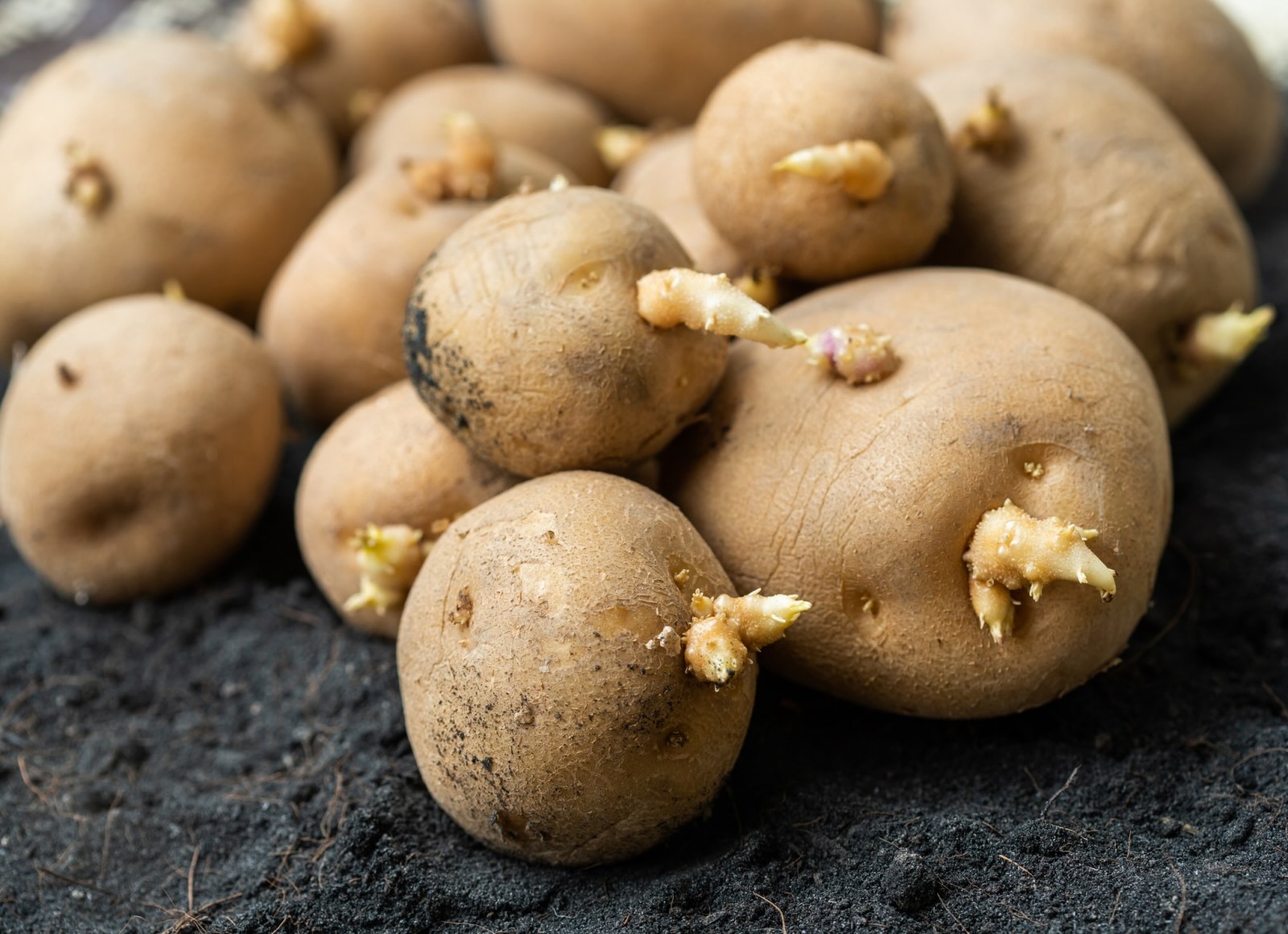

Articles
How To Store Potatoes Without Sprouting
Modified: October 20, 2024
Learn effective methods for storing potatoes without sprouting in this helpful articles. Keep your potatoes fresh and usable for longer periods.
(Many of the links in this article redirect to a specific reviewed product. Your purchase of these products through affiliate links helps to generate commission for Storables.com, at no extra cost. Learn more)
Introduction
Potatoes are a versatile and nutritious staple in many households. Whether you’ve grown a bountiful crop in your garden or purchased a large bag from the store, ensuring that your potatoes stay fresh and free from sprouting is essential for their longevity. Proper storage techniques can help you extend the shelf life of your potatoes and prevent them from spoiling or sprouting prematurely.
In this article, we will explore various methods and tips for storing potatoes without sprouting. From choosing the right potatoes for storage to creating the ideal storage environment, we’ll cover all the necessary steps to maintain the freshness and quality of your potatoes for an extended period.
Before diving into the details of potato storage, it’s important to understand that potatoes are living organisms. They naturally undergo processes such as aging, sprouting, and decay. However, with proper handling and storage, you can significantly slow down these processes and prolong the life of your potatoes.
By following the guidelines outlined in this article, you will be equipped with the knowledge and techniques to store potatoes effectively and prevent them from sprouting. So, let’s get started and learn how to keep your potatoes fresh and sprout-free!
Key Takeaways:
- Choose mature, thick-skinned potatoes like Russet Burbank or Yukon Gold for long-term storage. Clean, dry, and store them in a cool, dark, and well-ventilated location to prevent sprouting and spoilage.
- Regularly monitor and maintain the storage area, remove damaged potatoes, and prevent sprouting by keeping the environment cool and dark. Check for spoilage signs and enjoy fresh, well-preserved potatoes year-round.
Read more: How To Store Sprouted Potatoes For Planting
Choosing the Right Potatoes for Storage
When it comes to storing potatoes, not all varieties are created equal. Some potato varieties are better suited for long-term storage, while others are more prone to sprouting and spoilage. Therefore, choosing the right potatoes for storage is crucial to maximize their shelf life.
Firstly, opt for mature potatoes for storage. Mature potatoes have thicker skins and tend to last longer compared to young or new potatoes. Look for potatoes that have a firm texture and are free from blemishes or cuts.
Secondly, select potato varieties that are known for their good storage potential. Some popular options for storage potatoes include Russet Burbank, Yukon Gold, and Kennebec. These varieties are known for their thick skins, high starch content, and excellent storage abilities.
It’s important to note that waxy or low-starch potatoes such as red or round white potatoes do not store well and are more likely to sprout or spoil quickly. Therefore, it’s best to consume these types of potatoes within a shorter timeframe and not rely on them for long-term storage.
When purchasing potatoes, it’s also advisable to choose those that are free from any signs of sprouting. Sprouting indicates that the potato has already entered the natural aging process and is more likely to sprout prematurely during storage.
Furthermore, it’s essential to buy organic or untreated potatoes whenever possible. Potatoes that have been treated with growth inhibitors or pesticides may not store well and can have adverse effects on human health.
In summary, to choose the right potatoes for storage, opt for mature potatoes with firm texture and no blemishes or cuts. Opt for potato varieties known for their good storage potential, such as Russet Burbank, Yukon Gold, or Kennebec. Avoid waxy or low-starch potatoes for long-term storage and select organic or untreated potatoes to ensure the best quality.
Preparing Potatoes for Storage
Properly preparing your potatoes before storing them is an important step to ensure their longevity and prevent sprouting or spoilage. Here are some key steps to follow when preparing potatoes for storage.
1. Clean the Potatoes: Before storing potatoes, it’s essential to clean them thoroughly. Gently scrub the potatoes under running water using a brush or a sponge to remove any dirt or debris. Pay close attention to any visible dirt or blemishes on the skin. Removing dirt and debris helps prevent the growth of bacteria or fungi that can cause the potatoes to spoil.
2. Dry the Potatoes: After cleaning the potatoes, allow them to air dry completely. Excess moisture can lead to the development of mold or rot, so it’s crucial to ensure the potatoes are completely dry before storing them. Place the potatoes on a clean towel or a wire rack and let them air dry for a few hours.
3. Cure the Potatoes (optional): Curing is a process that involves storing the potatoes in a warm and humid environment for a short period, typically around 10 days. This step helps the potatoes develop a thicker skin and heal any minor cuts or bruises, reducing the risk of spoilage. Curing is particularly recommended for larger batches of potatoes. To cure potatoes, place them in a well-ventilated area with a temperature of around 50-60°F (10-15°C) and high humidity, such as a basement or a garage. Avoid exposing the potatoes to direct sunlight during this process.
4. Sort and Remove Damaged Potatoes: Before storing the potatoes, take the time to sort through them and remove any potatoes that are damaged or spoiled. Damaged potatoes can release moisture and gases that can cause nearby potatoes to spoil faster. Discard any potatoes that are soft, moldy, or have noticeable signs of decay or rot.
5. Handle Potatoes with Care: Potatoes are delicate and can bruise easily. When handling them, be gentle to avoid any unnecessary damage. Rough handling can lead to increased spoilage and sprouting. Lift and carry the potatoes using both hands, and avoid dropping or tossing them.
By following these steps to prepare your potatoes for storage, you can ensure that they are clean, dry, and in the best condition to resist sprouting and spoilage. Proper preparation is a crucial part of maximizing the shelf life of your stored potatoes, so take the time to do it right.
Storing Potatoes in a Cool and Dark Location
The storage location plays a vital role in preventing potatoes from sprouting and helps maintain their freshness and quality over an extended period. Here are some key factors to consider when choosing a storage location for your potatoes:
1. Temperature: Potatoes are best stored in a cool environment with temperatures between 45-50°F (7-10°C). Avoid storing them at temperatures below 40°F (4°C) as it can cause the starches in the potatoes to convert to sugar, affecting their taste and texture. Extreme heat can lead to premature sprouting and spoilage, so keep the potatoes away from locations exposed to direct sunlight or high temperatures.
2. Darkness: Light can trigger the sprouting process in potatoes. Therefore, it is crucial to store potatoes in a dark location. Exposure to light, especially sunlight, can stimulate the potato to sprout and turn green. This green color indicates the presence of solanine, a natural toxin that can be harmful if consumed in large quantities. To prevent exposure to light, store potatoes in a dark pantry, cellar, or in a designated storage area.
3. Ventilation: Good air circulation is essential for potato storage to prevent moisture buildup and the growth of mold or bacteria. Avoid storing potatoes in sealed plastic bags or airtight containers, as they can trap humidity and lead to rotting. Instead, use open containers, such as mesh bags or baskets, that allow air to circulate around the potatoes.
4. Humidity: While adequate ventilation is crucial, maintaining moderate humidity levels can also help prevent potatoes from drying out. Aim for a relative humidity of around 80-90% in the storage area. If the environment is too dry, you can place a damp cloth or a tray of water near the potatoes to increase humidity. Avoid excessive moisture, as it can lead to mold or rot development.
5. Separation: To prevent the spread of any potential rot or mold, it’s advisable to store potatoes in a single layer or place them in well-ventilated containers, avoiding overcrowding. This allows for better air circulation and reduces the risk of cross-contamination between potatoes.
By storing your potatoes in a cool, dark, and well-ventilated location, you can create an optimal environment that minimizes the risk of sprouting and extends the shelf life of your potatoes. Regularly check the storage area for any signs of spoilage or sprouting, and remove any affected potatoes promptly to prevent further spread.
Using Proper Storage Containers
Choosing the right storage containers for your potatoes is crucial to maintain their quality and prevent sprouting or spoilage. Here are some tips on using proper storage containers for your potatoes:
1. Breathable Containers: Potatoes need sufficient airflow to prevent the buildup of moisture, which can lead to rotting. Therefore, opt for breathable containers that allow air to circulate around the potatoes. Mesh bags, burlap sacks, or baskets with gaps or holes can provide the necessary ventilation. Avoid using sealed plastic bags or airtight containers, as they can trap moisture and accelerate spoilage.
2. Dark-Colored Containers: Sunlight exposure can trigger potato sprouting. Opt for dark-colored containers that can block out light and keep the storage area dark. This helps to suppress the sprouting process and maintain the quality of the potatoes.
3. Size and Capacity: Choose storage containers that are appropriately sized for the amount of potatoes you need to store. Overcrowding potatoes can lead to increased moisture buildup and create an environment for rotting. On the other hand, using containers that are too large for the quantity of potatoes can result in excess space, which may reduce proper airflow. Consider using containers that provide enough room for the potatoes to breathe without excessive empty space.
4. Stackability: If you have a limited storage space, consider using stackable containers. Stackable baskets or crates can help optimize your storage area and make the most of the available vertical space. However, ensure that there is still adequate airflow between the layers of stacked containers to prevent excessive moisture buildup.
5. Clean and Dry Containers: Before using any storage containers for your potatoes, make sure they are clean and dry. Any residue or moisture in the containers can potentially lead to the growth of mold or bacteria, affecting the freshness of the potatoes. Regularly clean and sanitize the containers to maintain optimal storage conditions.
Remember to place the containers in a cool, dark, and well-ventilated storage area as discussed previously. Regularly inspect the containers for any signs of spoilage or damage, and promptly remove any affected potatoes to prevent further spread.
By using proper storage containers that provide adequate ventilation, block out light, and maintain the appropriate humidity levels, you can help prolong the shelf life of your potatoes and prevent sprouting or spoilage.
Store potatoes in a cool, dark place with good ventilation to prevent sprouting. Avoid storing them near onions, as the gases they release can cause potatoes to sprout faster.
Read more: How To Make Seed Potatoes Sprout
Monitoring and Maintaining Potato Storage
Proper monitoring and maintenance are essential to ensure the longevity of your potato storage. Regularly checking and maintaining the storage conditions will help prevent sprouting, spoilage, and the spread of any potential issues. Here are some key steps to follow:
1. Temperature and Humidity: Monitor the temperature and humidity levels in the storage area regularly. Use a thermometer and a hygrometer to ensure that the temperature stays within the ideal range of 45-50°F (7-10°C) and the relative humidity remains around 80-90%. Fluctuations outside of these ranges can lead to early sprouting or decay. Make any necessary adjustments, such as adding a humidifier or dehumidifier, to maintain the desired conditions.
2. Air Circulation: Ensure that there is proper air circulation in the storage area. Periodically check for any blockages or obstructions that may impede airflow around the stored potatoes. This helps prevent the buildup of excess moisture and promotes a healthier storage environment.
3. Regular Inspection: Regularly inspect the stored potatoes for any signs of sprouting, decay, or rot. Remove any potatoes showing these signs promptly to prevent further contamination. Additionally, check for any damaged or bruised potatoes and use them first as they are more prone to spoilage.
4. Remove Spoiled Potatoes: As you inspect the stored potatoes, be vigilant in removing any spoiled or rotten potatoes. A single spoiled potato can release gases that accelerate the sprouting and spoilage of neighboring potatoes. Removing and discarding these potatoes will help protect the quality of the remaining crop.
5. Rotate Potatoes: To ensure even usage and minimize waste, it’s beneficial to rotate your stored potatoes. Use the older potatoes first, as they are more likely to sprout or spoil sooner. This practice helps maintain a consistent supply of fresh potatoes and reduces the risk of any potatoes going to waste.
6. Clean the Storage Area: Regularly clean and sanitize the storage area to prevent the buildup of dirt, bacteria, or pests. Remove any debris or spilled potatoes and wipe down the surfaces to maintain a clean and hygienic storage environment.
By monitoring the temperature, humidity, and airflow, regularly inspecting the stored potatoes, removing any spoiled ones, rotating the potatoes, and keeping the storage area clean, you can effectively maintain your potato storage and minimize the risk of sprouting and spoilage.
Remember that proper storage and maintenance practices are crucial for preserving the quality and freshness of your potatoes, ensuring that they last as long as possible.
Preventing Sprouting
Sprouting is a natural process in potatoes that occurs when they are exposed to certain conditions, such as warmth and light. While sprouting may seem harmless, it can lead to decreased quality, bitterness, and the development of toxic compounds in potatoes. Here are some effective methods to prevent sprouting in stored potatoes:
1. Store Potatoes in a Cool Environment: Temperature is a critical factor in preventing sprouting. Keep your potatoes in a cool storage location with a temperature range of 45-50°F (7-10°C). Avoid storing them in areas where the temperature is too warm, such as near heating appliances or in direct sunlight, as this can accelerate the sprouting process.
2. Maintain Darkness: Light exposure stimulates sprouting in potatoes. Store your potatoes in a dark environment to reduce the likelihood of sprouting. Use opaque storage containers or cover the potatoes with a thick layer of newspapers or a dark cloth to block out any light. Remember to check for any punctures or holes in the covering material that could allow light to enter.
3. Use Ethylene Blockers: Ethylene gas is a natural hormone released by many fruits and vegetables, including potatoes, that promotes sprouting. To inhibit sprouting, you can use ethylene blockers, such as ethylene-absorbing packets or discs, which are available in stores. Place these blockers near the stored potatoes to absorb any ethylene gas present and delay sprouting.
4. Avoid Damaging the Potatoes: Bruised or damaged potatoes are more likely to sprout. Handle the potatoes with care during harvesting, cleaning, and storage to minimize any potential damage. Inspect the potatoes for bruising, cuts, or punctures, and use them first to prevent further damage and sprouting.
5. Remove Sprouts Promptly: Despite your best efforts, some potatoes may start to sprout. Regularly inspect the stored potatoes and remove any sprouts promptly. Use a small knife or your hands to gently remove the sprouts, taking care not to damage the surrounding potato. Sprouts release hormones that can accelerate the sprouting process in other potatoes, so removing them helps prevent further sprouting.
6. Consider Sprout Inhibitors: Sprout inhibitors, such as commercially available chemical treatments or organic alternatives like apple cider vinegar, can be effective in preventing sprouting. These inhibitors help inhibit the natural sprouting process in potatoes when applied as directed. However, it’s crucial to read and follow the instructions carefully to ensure safe and proper usage.
By following these methods to prevent sprouting, you can extend the storage life of your potatoes and maintain their quality. Remember to regularly monitor and inspect the stored potatoes for any signs of sprouting and take appropriate action to preserve their freshness and taste.
Checking Potatoes for Spoilage
Regularly checking your stored potatoes for signs of spoilage is crucial to maintain their quality and prevent the spread of any issues. Here are some key factors to consider when examining potatoes for spoilage:
1. Visual Inspection: Start by visually inspecting the stored potatoes. Look for any visible signs of spoilage, such as mold growth, soft spots, or discoloration. Moldy potatoes should be immediately discarded, as mold can spread quickly to other potatoes and potentially be harmful if consumed.
2. Touch and Texture: Gently squeeze the potatoes to feel for any soft or mushy areas. Healthy potatoes should feel firm to the touch. Soft or spongy spots are indications of rotting or decay and should be removed immediately to prevent further contamination.
3. Smell Test: Take a whiff of the stored potatoes. Fresh potatoes have a mild, earthy scent. If you notice any foul or unpleasant odor, it is an indication of spoilage. Potatoes with a rotten or pungent smell should be discarded, as they may be diseased or contaminated.
4. Sprouting: Check for any sprouts that may have formed on the potatoes. While small sprouts can be easily removed, excessive sprouting may indicate that the potatoes are past their prime and may have compromised quality. Remove any sprouts carefully to prevent further sprouting.
5. Green Discoloration: Green discoloration on potatoes indicates the presence of solanine, a toxic compound that develops when potatoes are exposed to light. If you notice any green spots or patches, cut or scrape them off before consuming the potatoes. It’s best to avoid consuming large amounts of green-tinged potatoes, as the solanine content can be harmful.
6. Pest Infestation: Check for any signs of pest infestation, such as holes, tunnels, or droppings. Common potato pests include potato beetles, wireworms, and rodents. If you notice any evidence of pest activity, take appropriate measures, such as removing affected potatoes and implementing pest control methods, to protect the rest of your stored crop.
It’s important to regularly inspect your stored potatoes, at least once every few weeks, to catch any signs of spoilage early on. Promptly remove any damaged or spoiled potatoes to prevent the spread of decay or contamination.
Remember, if you are uncertain about the condition of a potato, it’s always safer to err on the side of caution and discard it. Maintaining a high standard of quality will ensure that you enjoy fresh and healthy potatoes throughout their storage period.
Conclusion
Proper storage techniques are essential for maintaining the freshness and quality of potatoes while preventing sprouting and spoilage. By following the guidelines outlined in this article, you can maximize the shelf life of your stored potatoes and ensure that they remain healthy and delicious for an extended period.
Choosing the right potatoes for storage, such as mature varieties with good storage potential, is the first step to success. Preparing the potatoes by cleaning them thoroughly and drying them adequately helps prevent the growth of bacteria and mold. Storing the potatoes in a cool, dark, and well-ventilated location with proper airflow and moderate humidity ensures an optimal storage environment.
Using appropriate storage containers, such as breathable and dark-colored options, helps maintain the potatoes’ quality and prevents sprouting. Regular monitoring and maintenance of the storage area, including temperature and humidity control, regular inspection for spoilage, and prompt removal of any affected potatoes, are crucial steps in preserving the potatoes’ freshness.
Preventing sprouting is a key aspect of potato storage. Storing potatoes in a cool environment, maintaining darkness, using ethylene blockers, avoiding damage to potatoes, removing sprouts promptly, and considering sprout inhibitors can all contribute to preventing sprouting and preserving the potatoes’ quality.
Lastly, regularly checking for signs of spoilage, including visual inspection, touch and texture assessment, smell testing, and monitoring for sprouting or green discoloration, ensures that any spoiled potatoes are promptly removed to prevent further contamination.
By implementing these storage practices and techniques, you can ensure that your stored potatoes remain fresh, sprout-free, and delicious for longer, reducing wastage and allowing you to enjoy this versatile and nutritious staple year-round.
So, take the necessary steps, pay attention to the details, and savor the flavors of well-preserved, perfectly stored potatoes!
Frequently Asked Questions about How To Store Potatoes Without Sprouting
Was this page helpful?
At Storables.com, we guarantee accurate and reliable information. Our content, validated by Expert Board Contributors, is crafted following stringent Editorial Policies. We're committed to providing you with well-researched, expert-backed insights for all your informational needs.
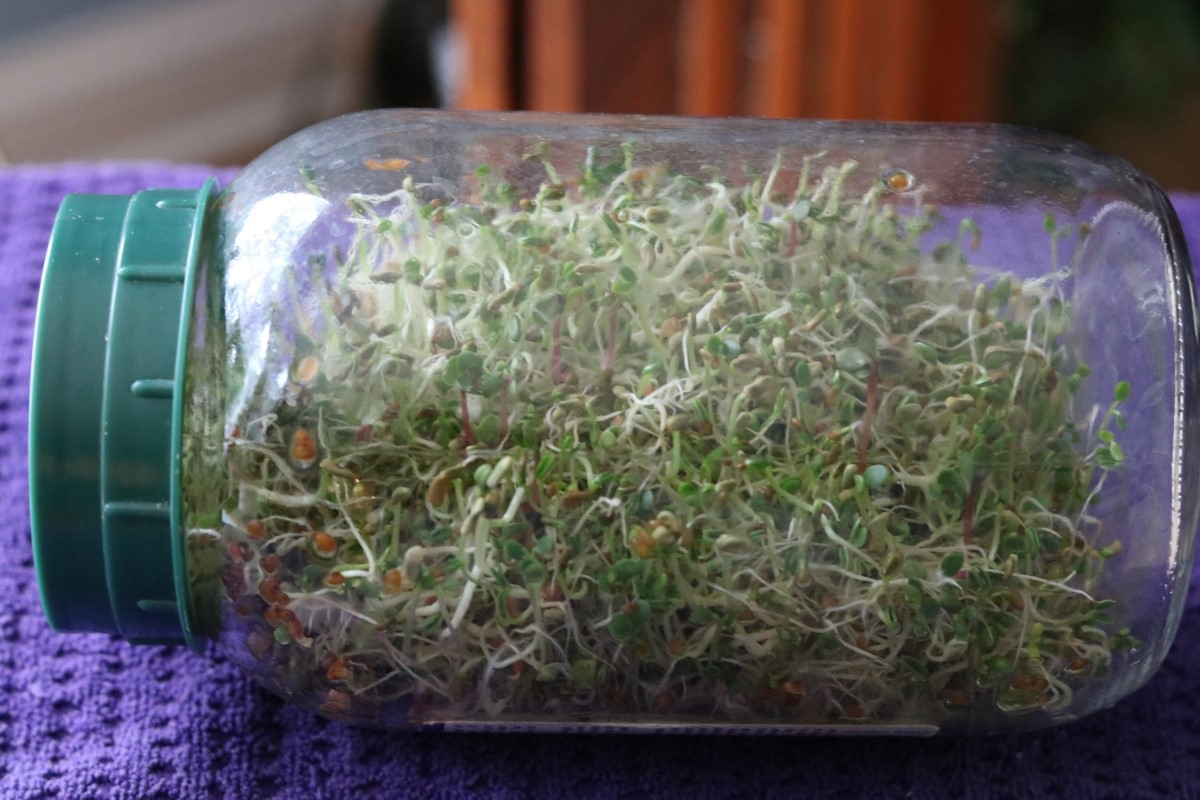
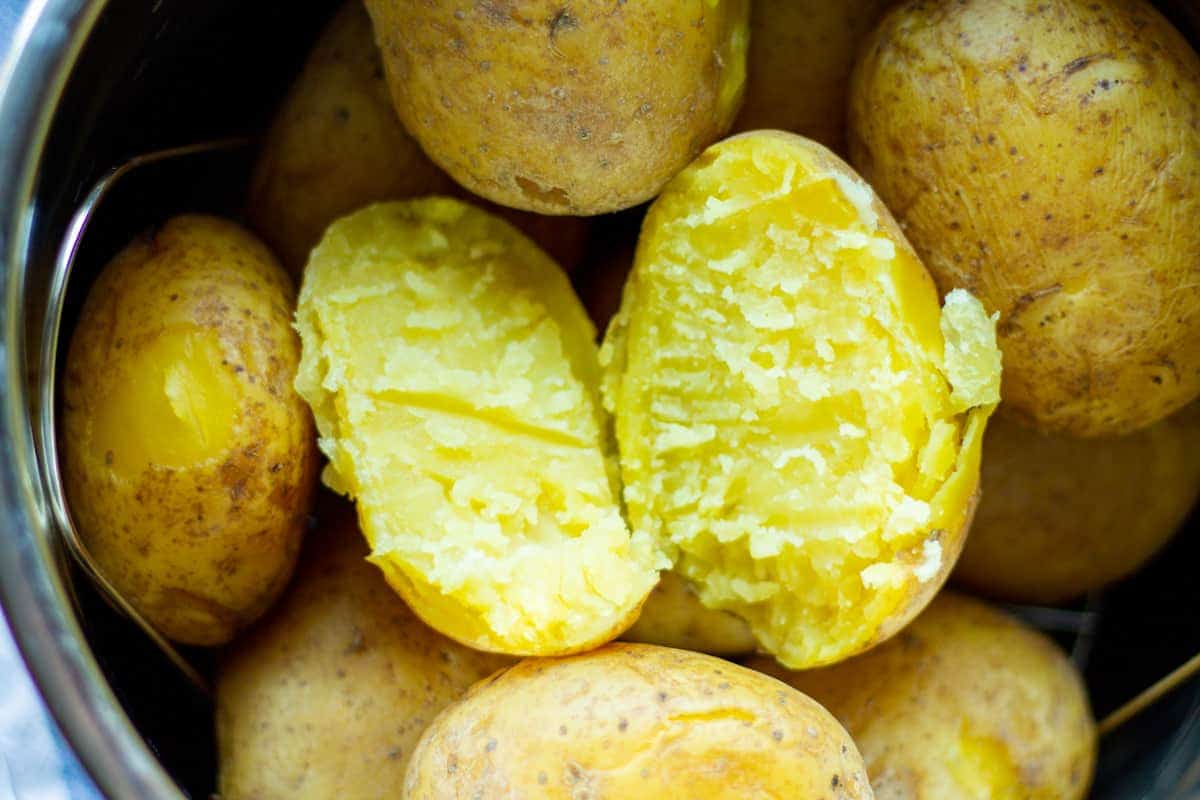
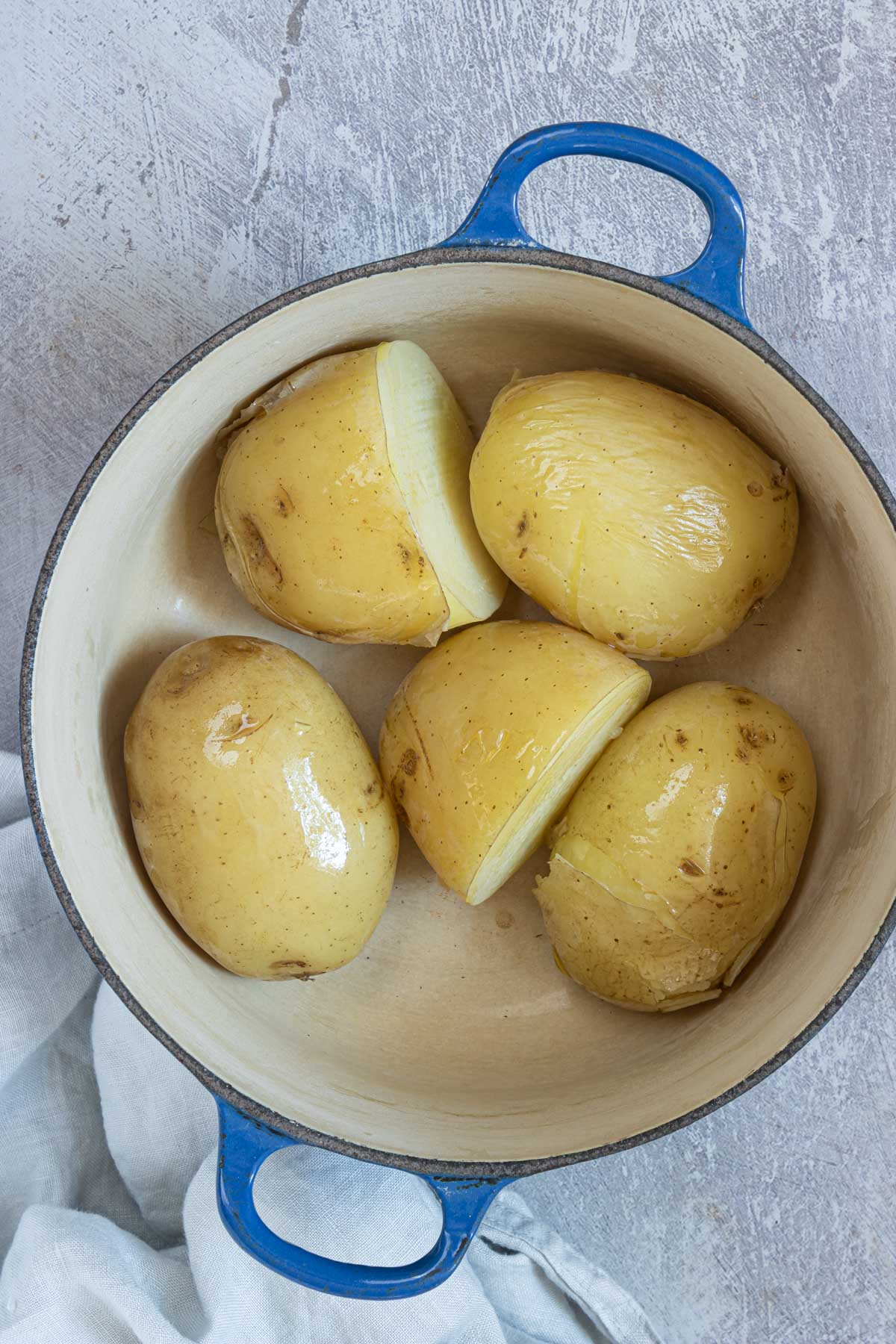
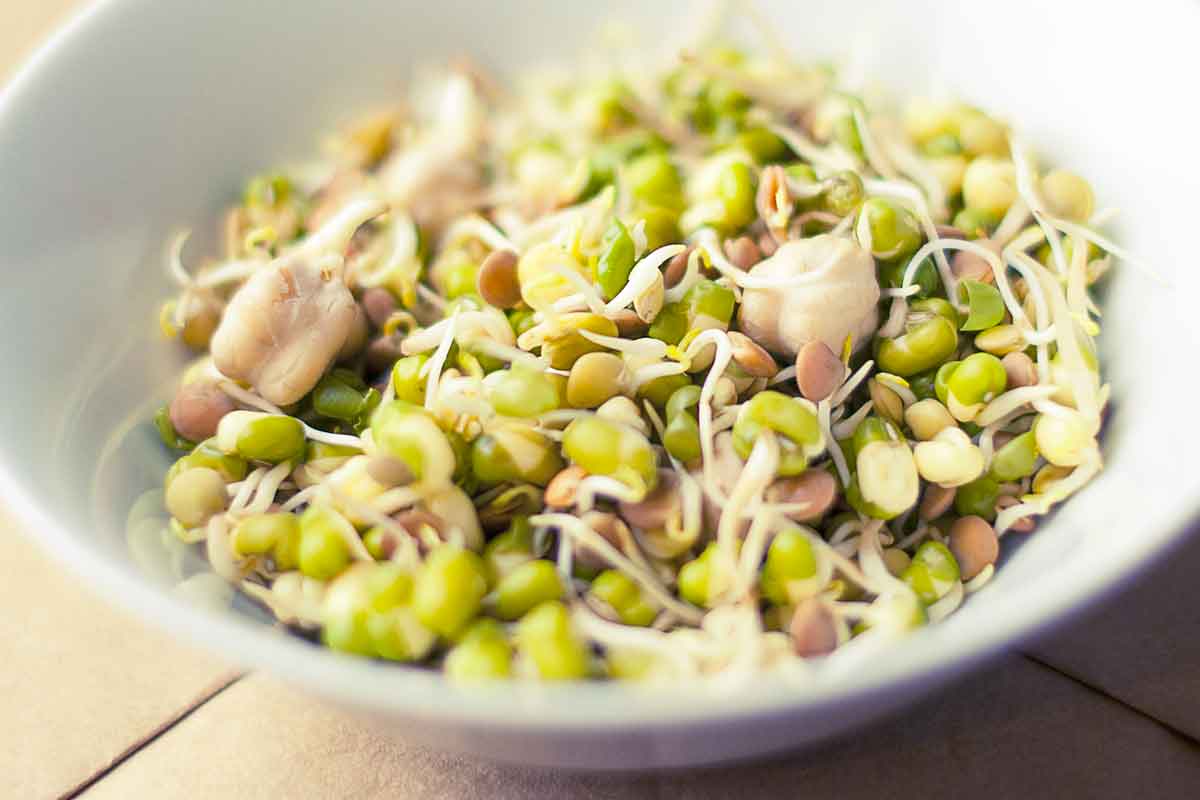
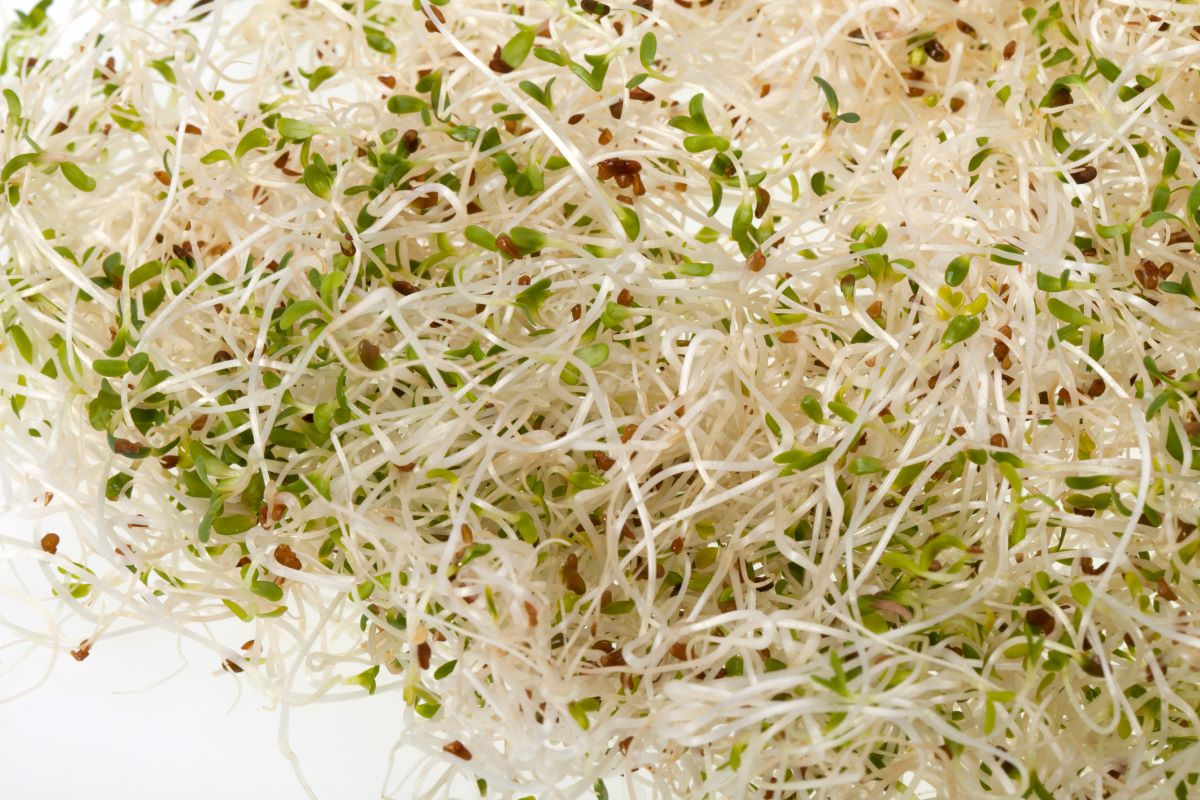
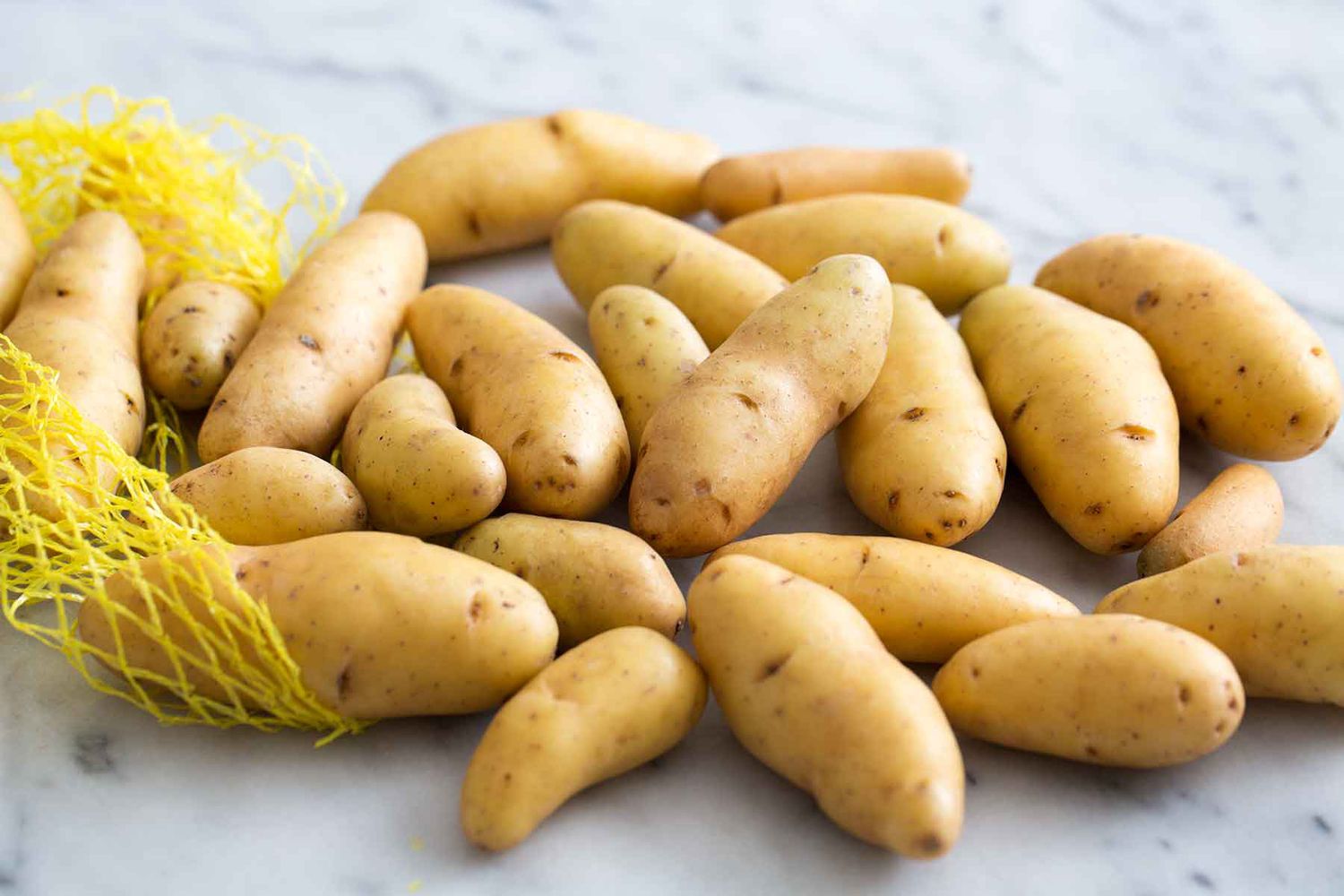
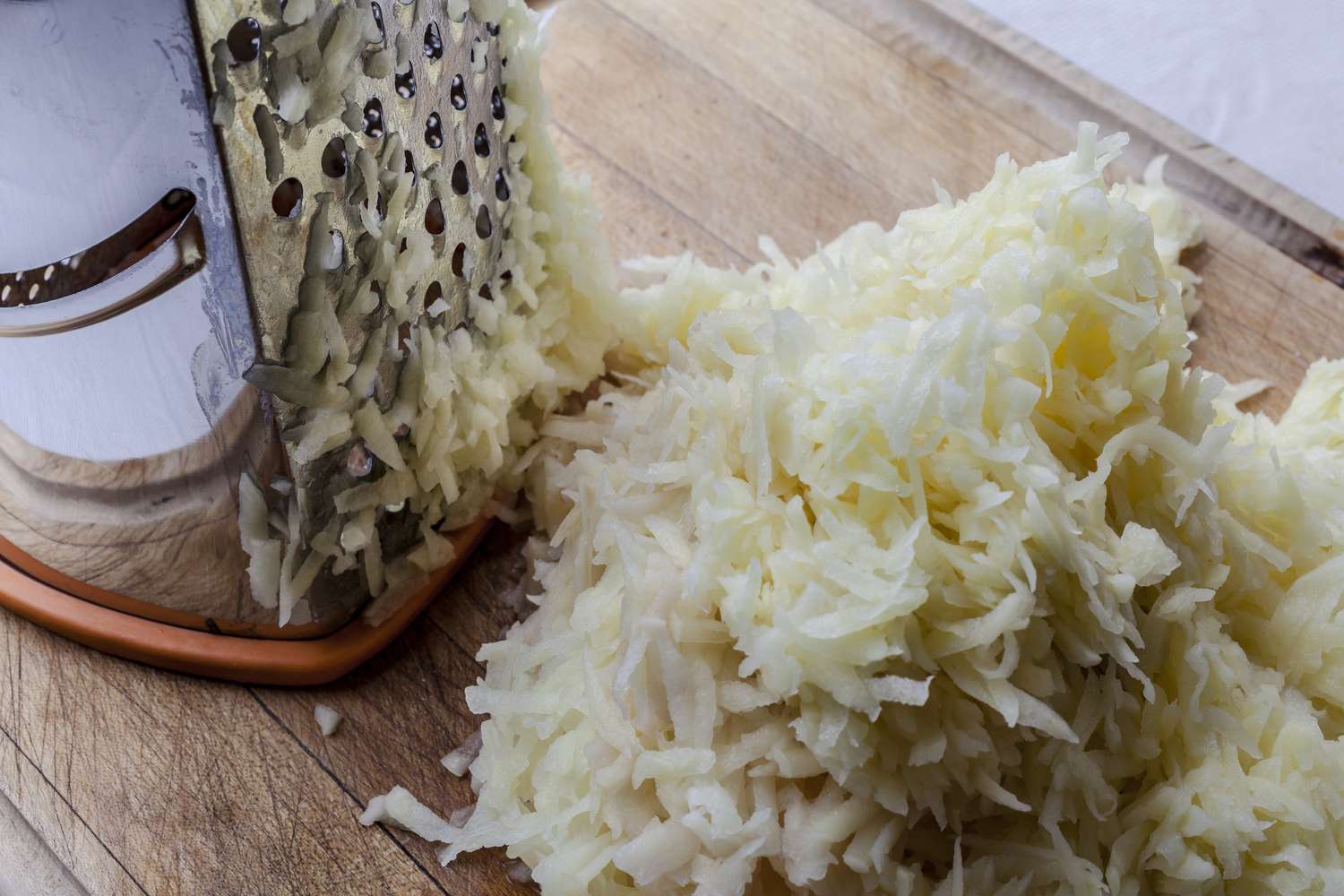
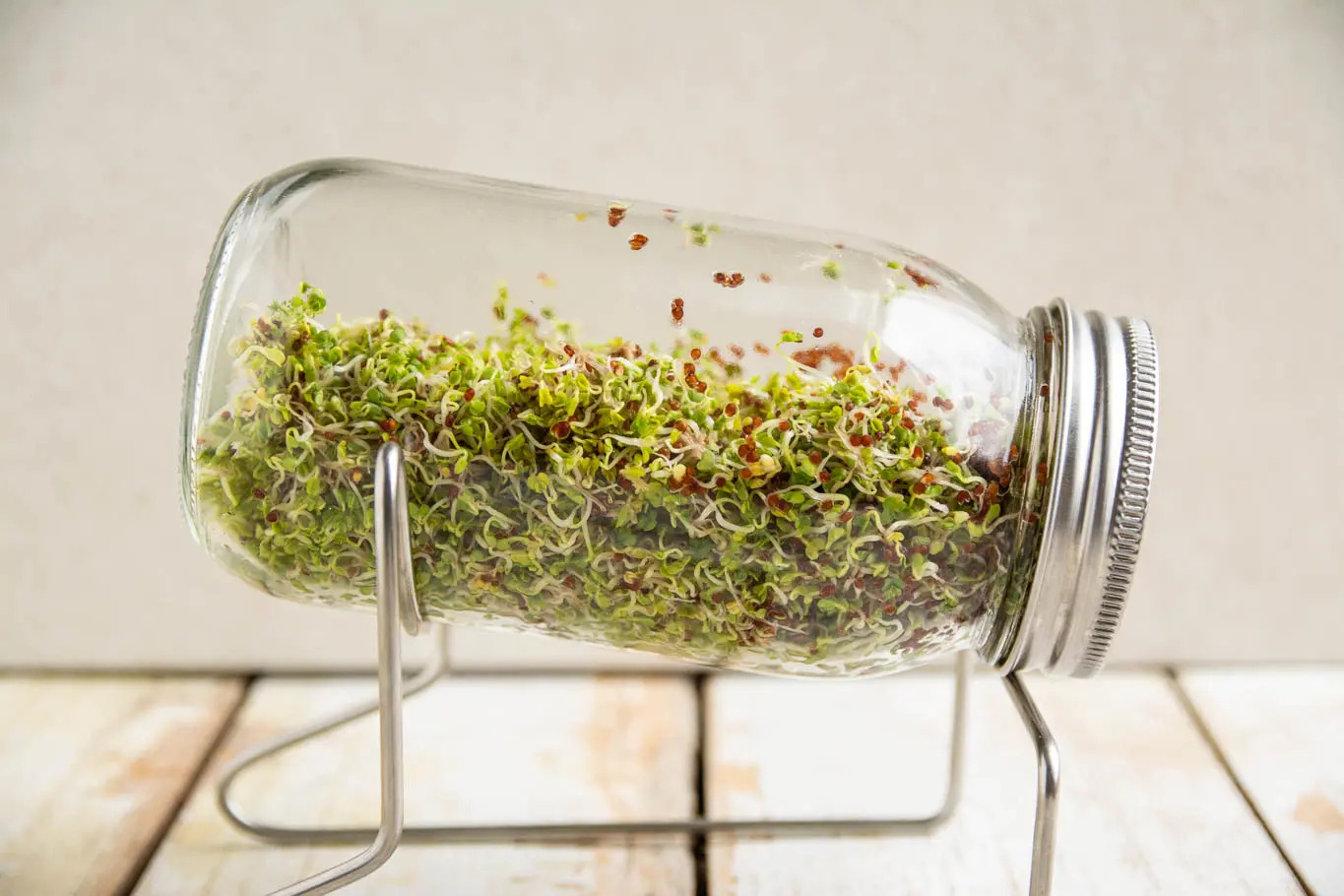
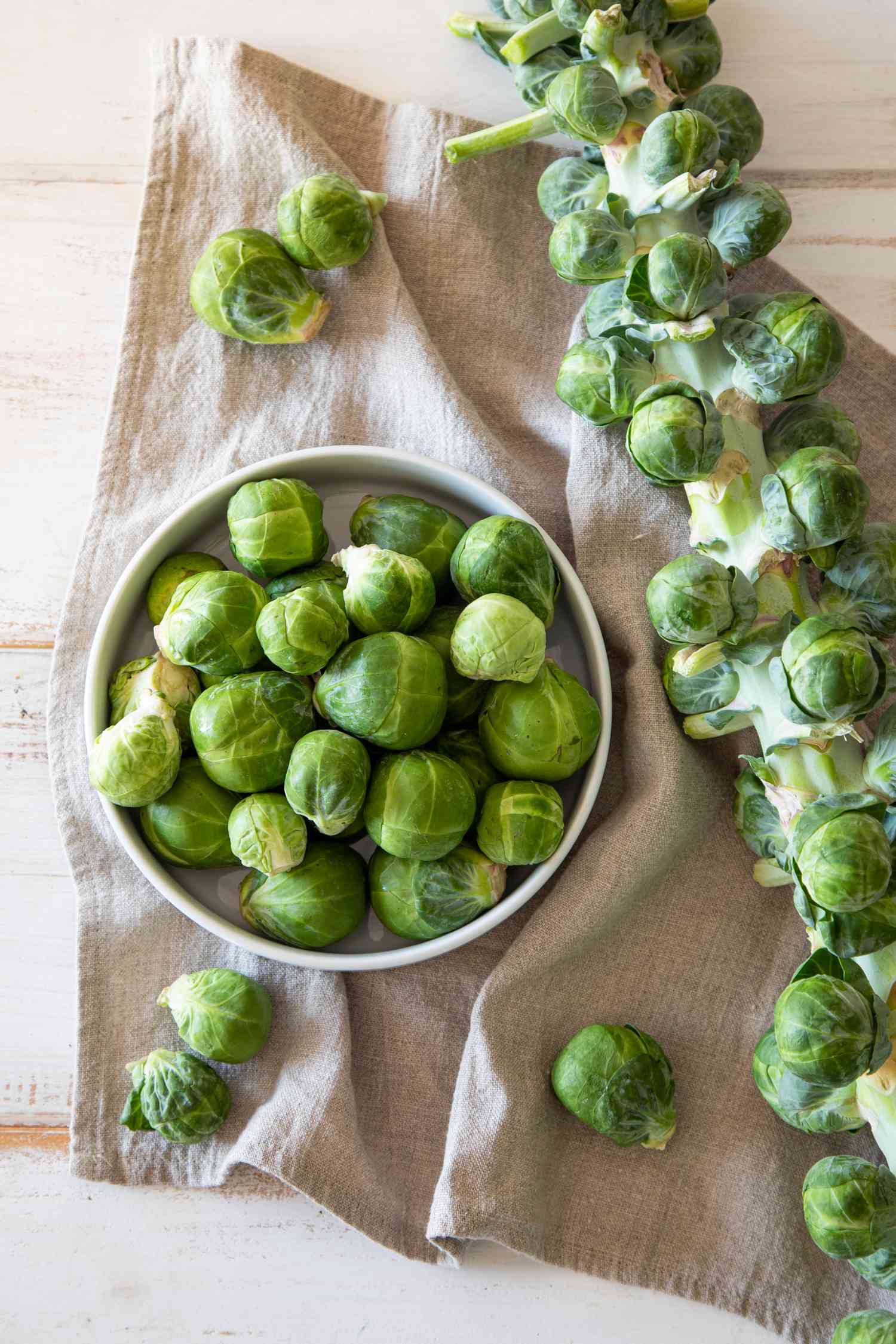
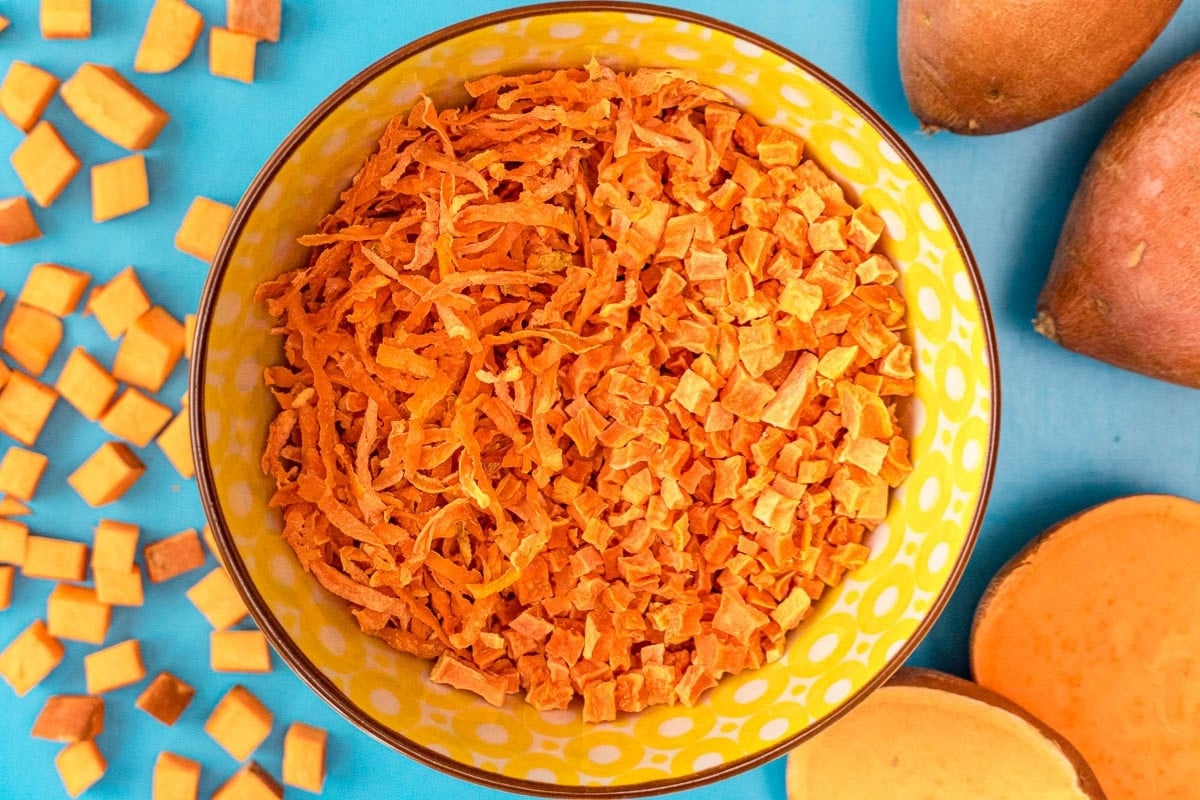
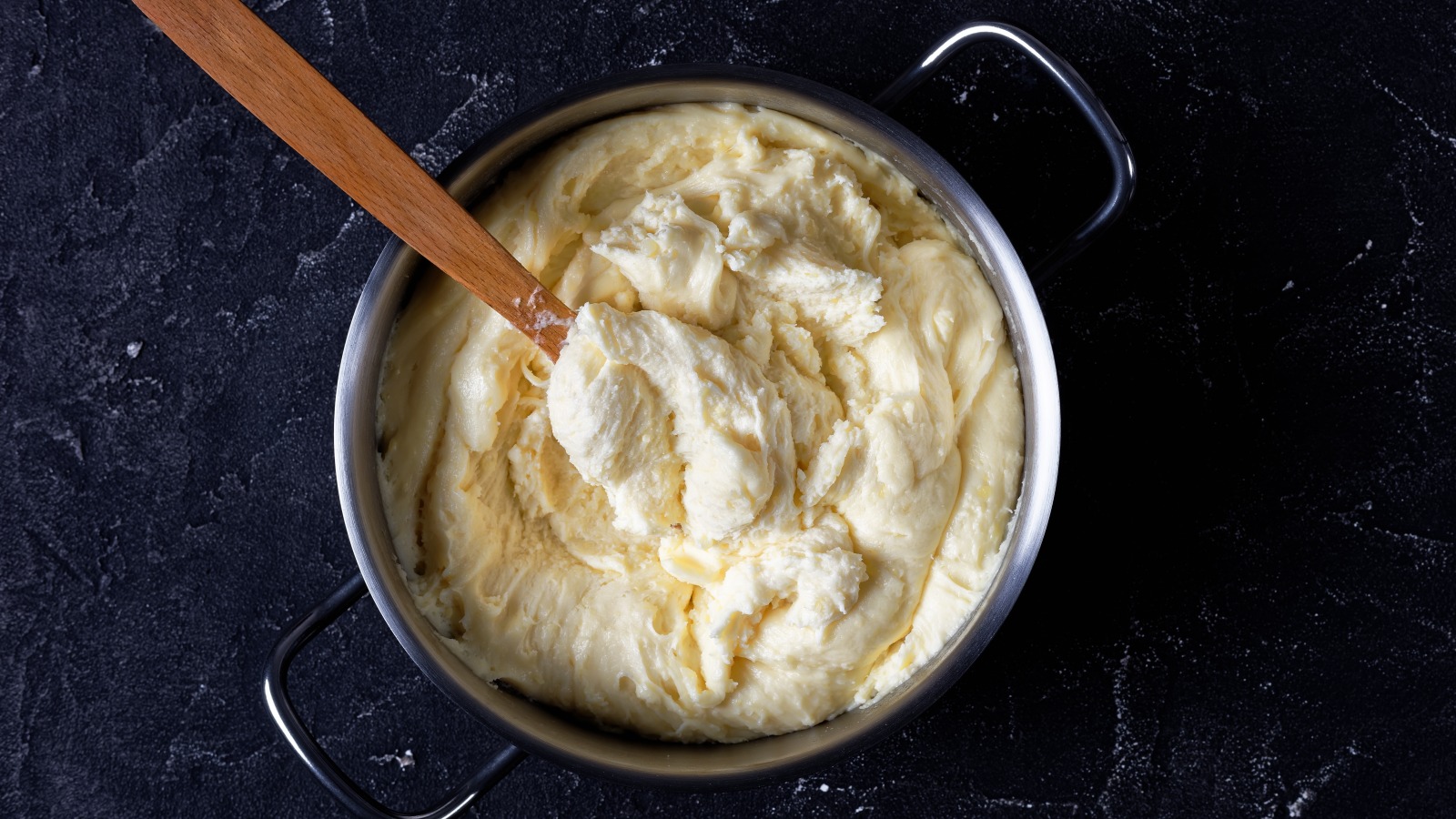
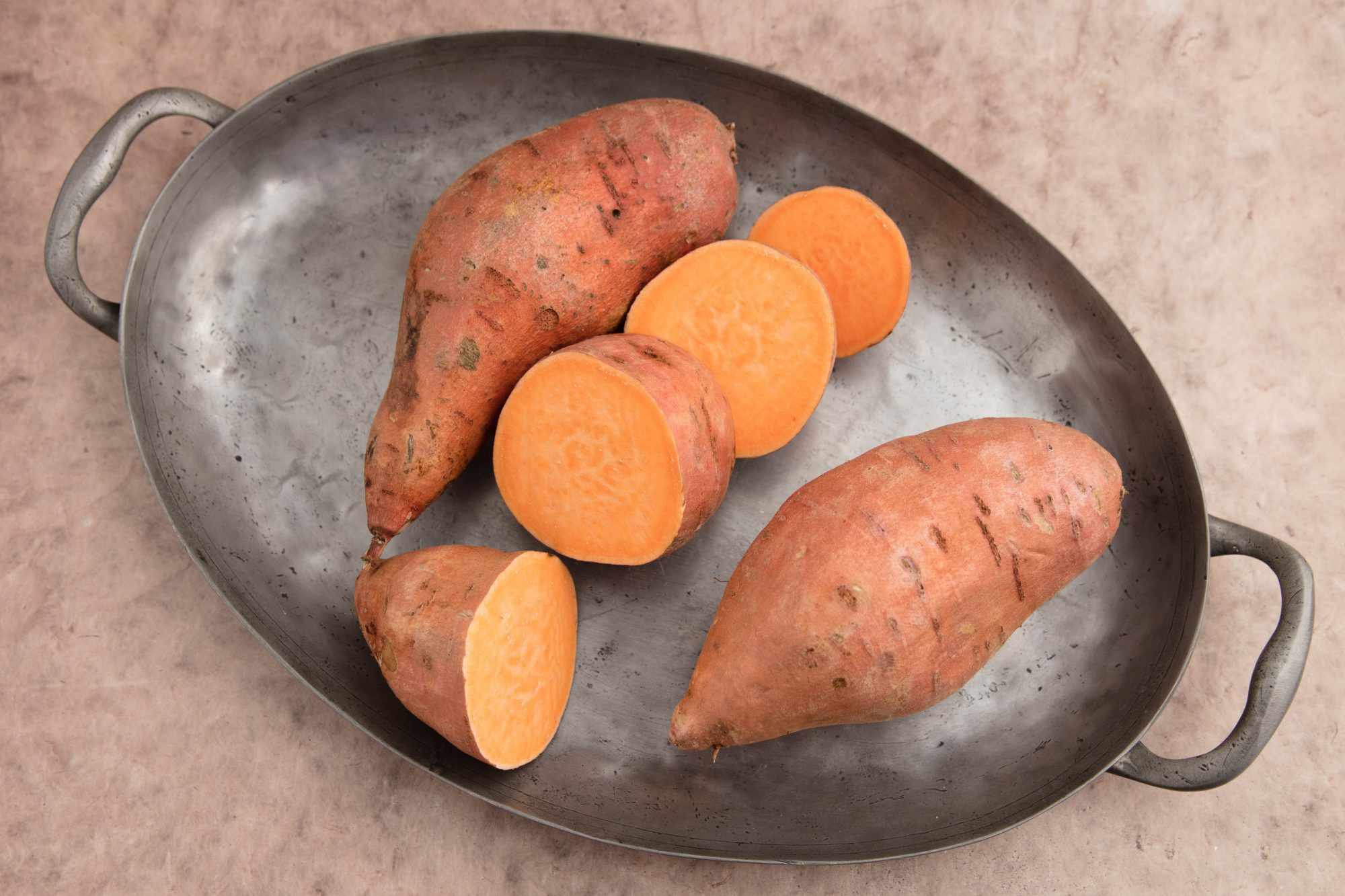
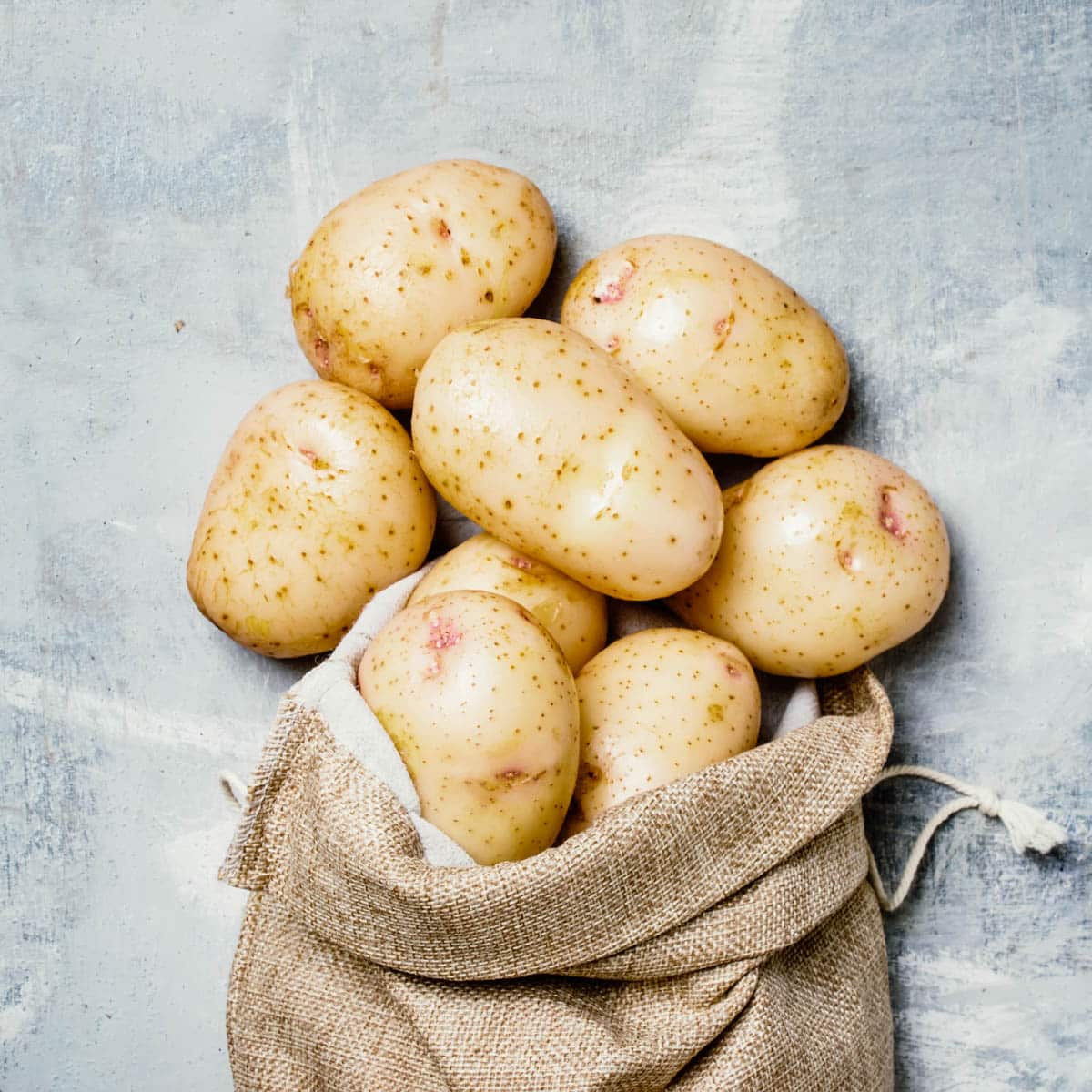


0 thoughts on “How To Store Potatoes Without Sprouting”